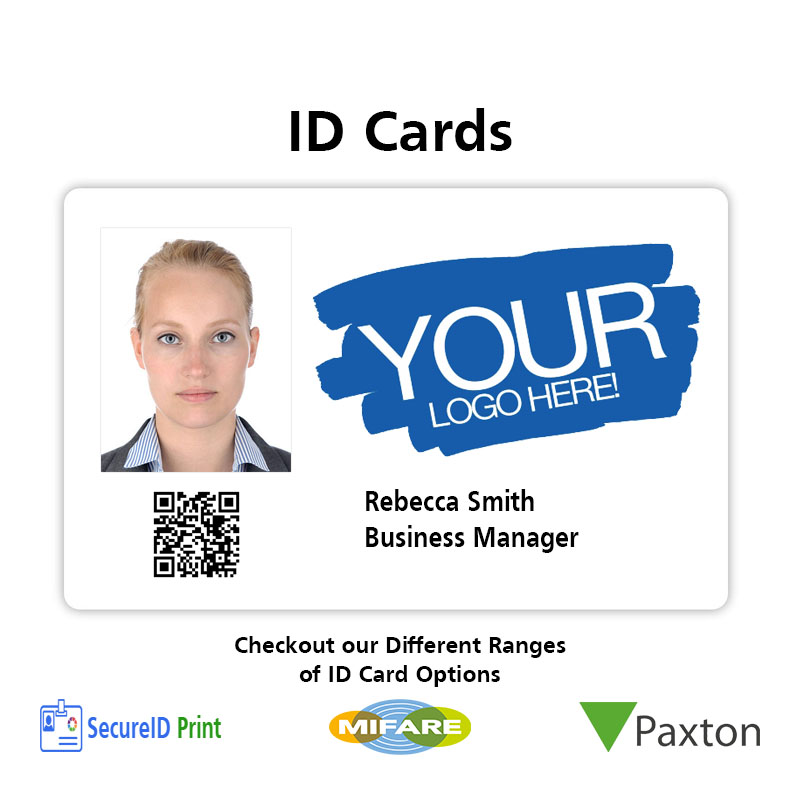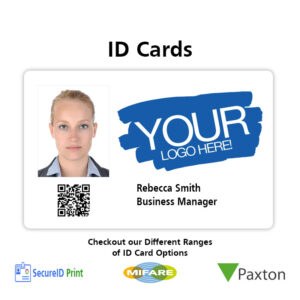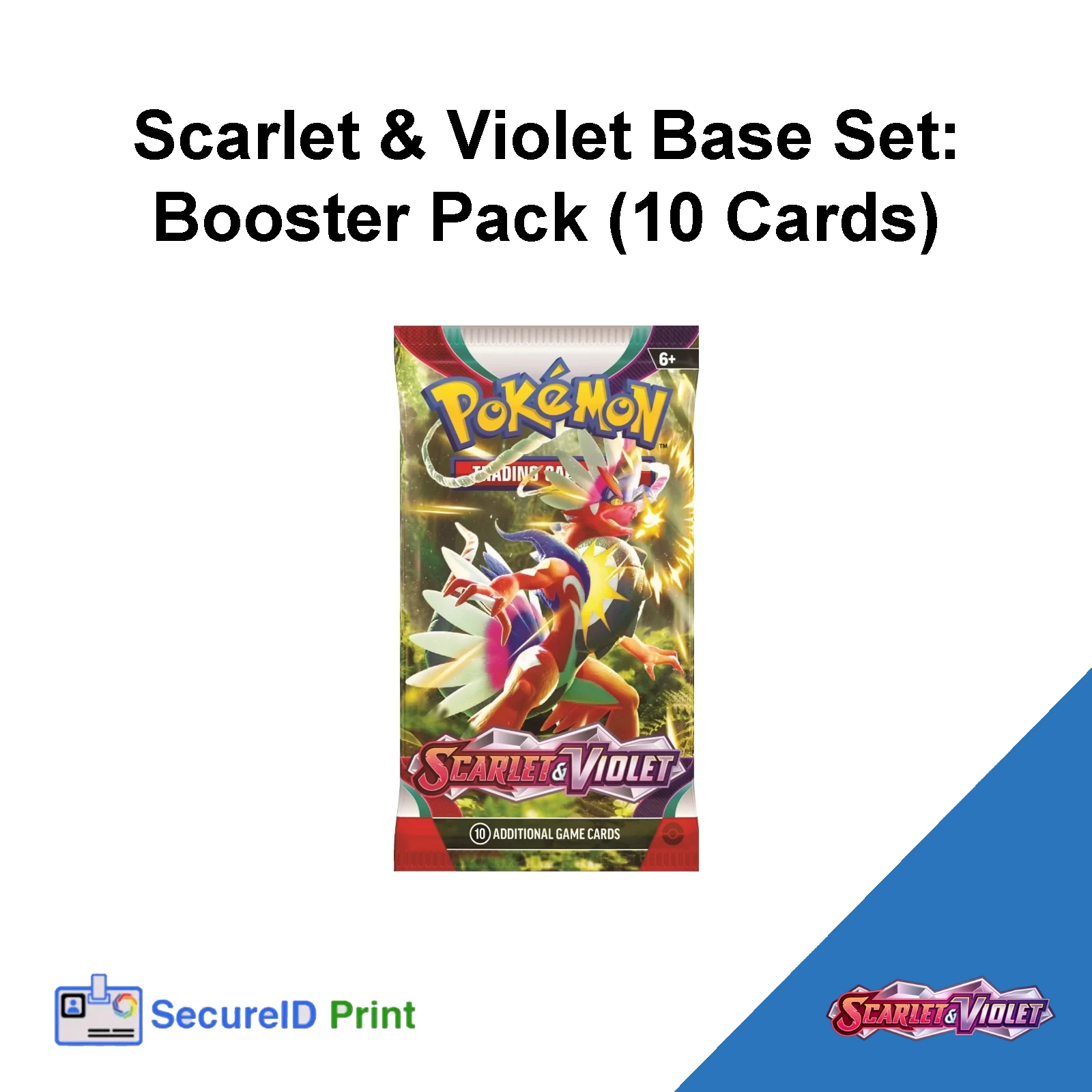Whether you’re managing a company, private nursery, school, care setting, or occupational health service, ID cards play an important role in safety, identification, and professionalism. A well-designed card doesn’t need to be complicated—it just needs to be clear, durable, and practical.
At SecureID Print Ltd, we specialise in high-quality ID card printing for UK-based organisations. Here are our top 10 tips for creating simple but effective ID cards that meet everyday needs.
1. Use Clear, Readable Fonts
Choose professional fonts like Arial or Helvetica for maximum legibility. Make sure that the cardholder’s name, job title, and company are easy to read at a glance.
View our sample card photos with printed font sizes to help you choose the best layout.
2. Include a Good-Quality Photo
Use a sharp, front-facing headshot with a neutral background. This is essential for quick identification—especially in schools, healthcare settings, and security-sensitive environments.
3. Keep the Layout Simple
Avoid overloading the card with information. Include only the essential details: logo, name, photo, title, and expiry date. Clean, well-structured layouts look more professional and are easier to scan visually.
4. Choose the Right Orientation
Portrait orientation works well for cards worn on lanyards, while landscape orientation is better for swipe or door-entry cards used with systems like Paxton Net2.
5. Colour-Code by Role or Department
Use subtle colour blocks, borders, or icons to indicate roles—such as different colours for teaching staff, carers, visitors, or cleaners. This makes it easier to identify people at a distance without needing to read the details.
6. Add an Expiry Date
Adding a clear expiry date or issue period is useful for managing short-term staff, contractors, or volunteers. It also helps organisations maintain an up-to-date ID card system.
7. Include Security Features
- Depending on your environment, certain card features can improve both security and card longevity:
- QR codes or barcodes – Useful for access systems, attendance tracking, or linking to digital profiles.
- Contactless/NFC chips – For entry systems such as Paxton Net2 or time-logging tools.
- UV security panels – Hidden text or images that are only visible under UV light, offering a discreet way to authenticate the card.
- Pearlescence overlays – Adds a shimmering finish to the card that is difficult to replicate.
- CESEI Globe hologram overlay – A tamper-evident security overlay featuring a certified hologram, ideal for healthcare and access control.
- Plain overlay – Adds a clear protective layer to the card to prevent scratches and general wear without adding visible security elements.
Our team can advise you on which options are best suited to your setting and budget.
8. Use Durable Card Materials
We print on high-grade PVC cards, the same standard used in banks and access systems. These withstand daily handling, badge clips, and lanyards far better than laminated paper options.
9. Add Emergency Information (If Needed)
Some cards include a return address, emergency contact, or short medical note on the back. This can be helpful in care homes, education settings, or for lone workers.
10. Test Before Printing in Bulk
Before placing a full order, we recommend checking a sample.
We provide physical print samples and photographs of different font sizes and layouts so you can see exactly how your cards will look when worn or scanned.
Final Thoughts
ID cards are a practical tool for daily operations, but they should be designed with clarity and purpose in mind. Whether you’re ordering cards for nursery staff, teachers, healthcare professionals, or office teams, focusing on the essentials will always result in a better, more professional card.
If you’re unsure where to start, our team at SecureID Print Ltd can walk you through design options, card types, and security features suitable for your organisation.





